Fast & Free Delivery | 30 Day Worry Free Returns
Are you in the right place?
Shop in your home currency
Order in the next for same day dispatch
Save big with bulk discounts! We help teams of all sizes create an active workspace built to succeed.
Get Started
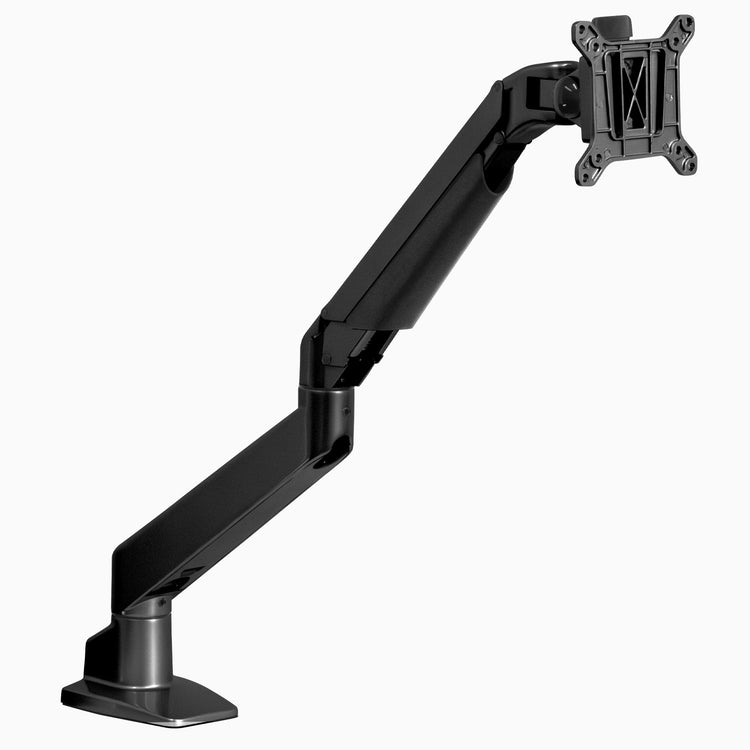
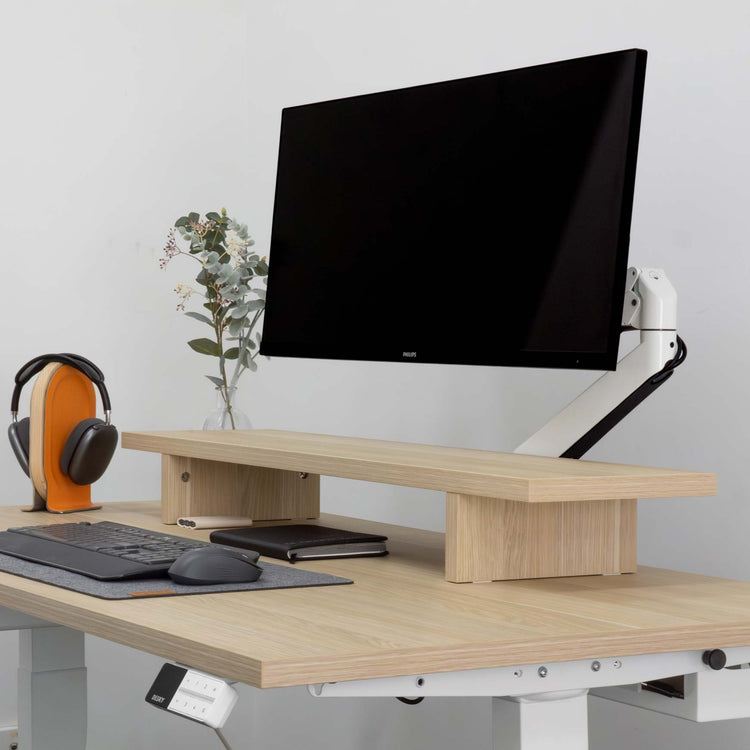
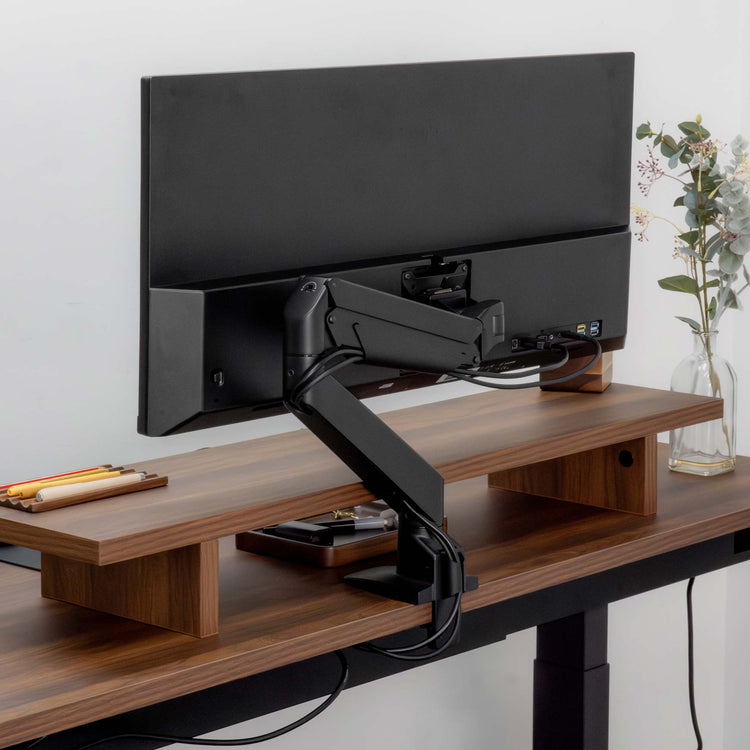
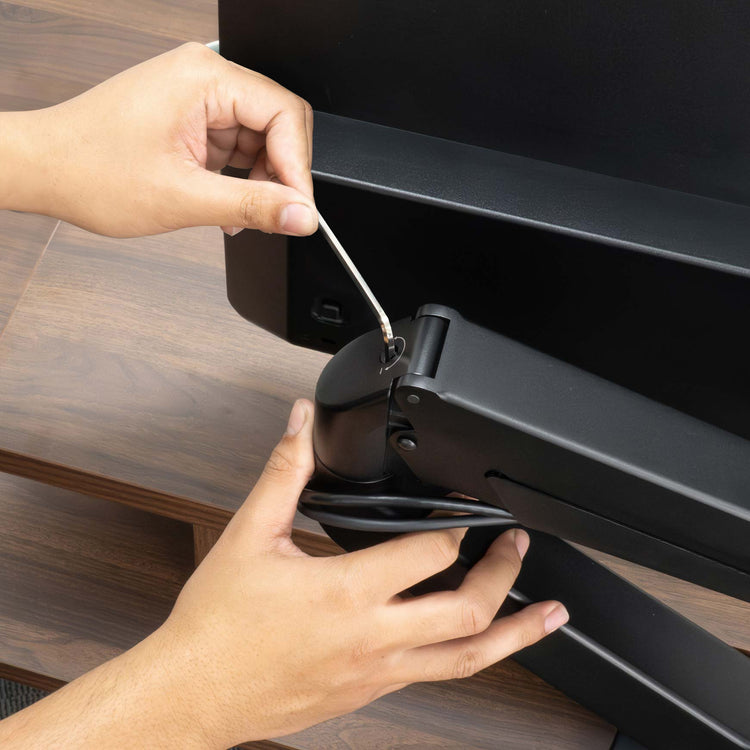
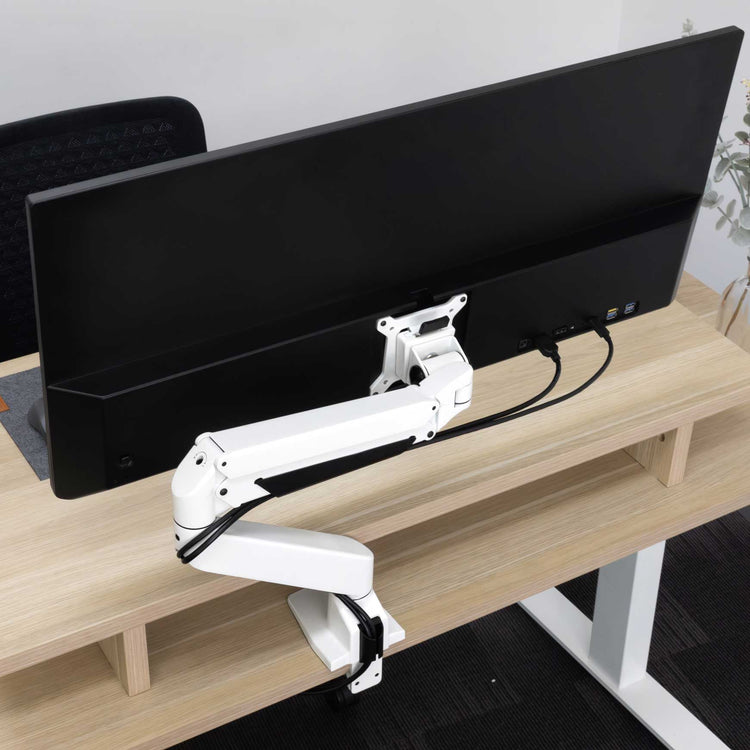
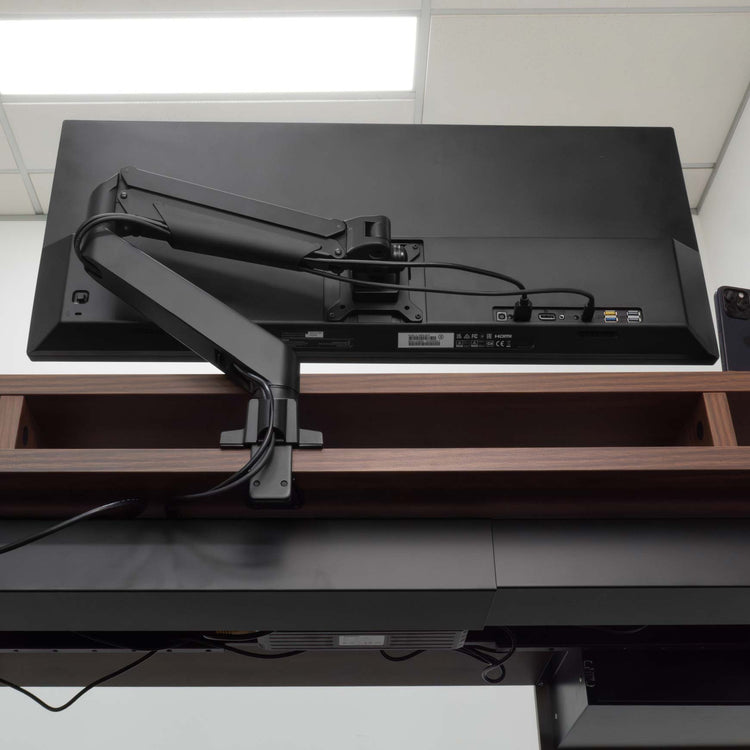
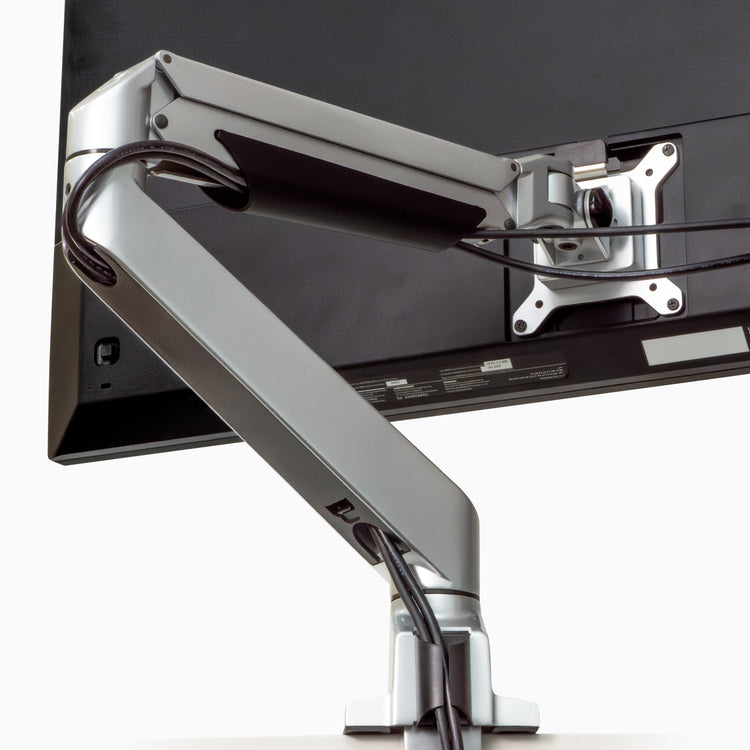
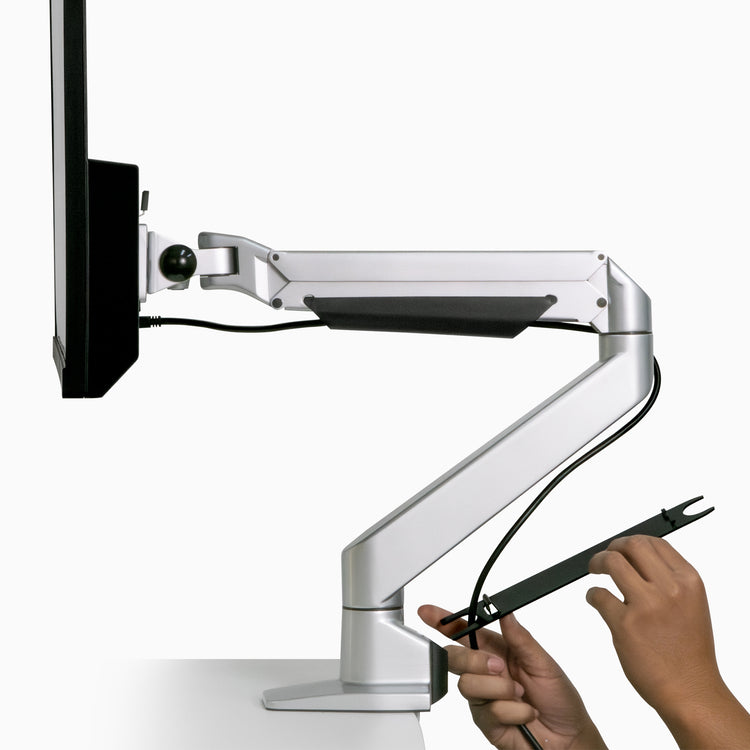
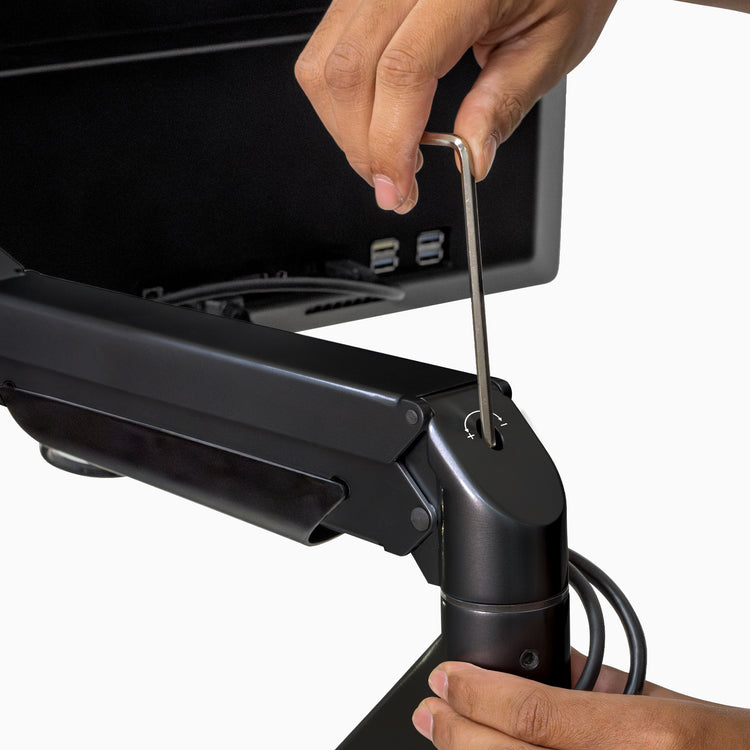
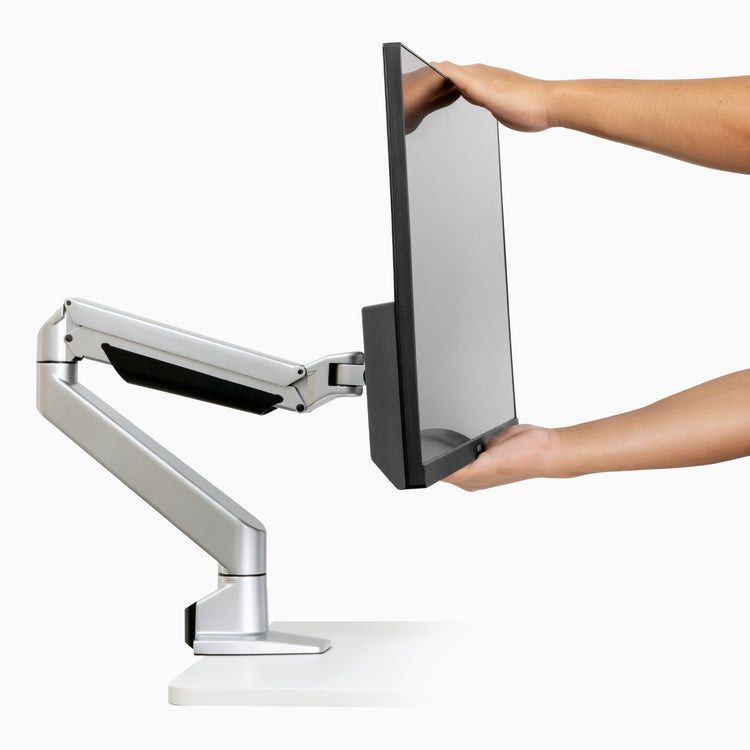
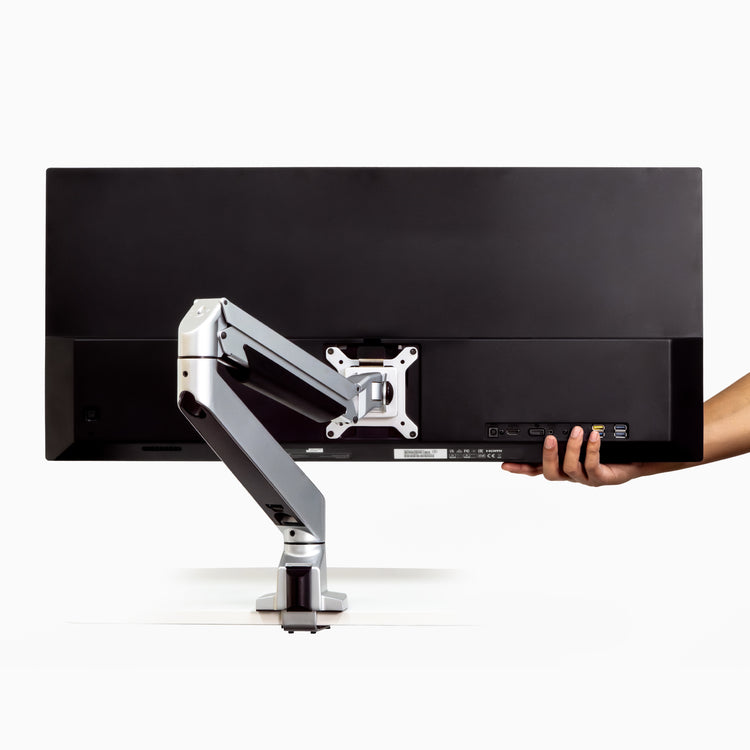
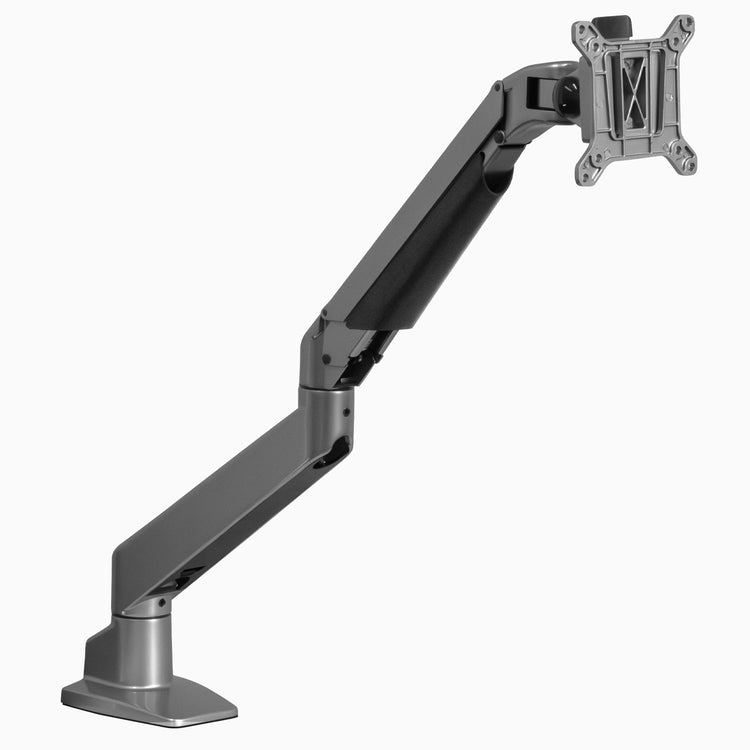
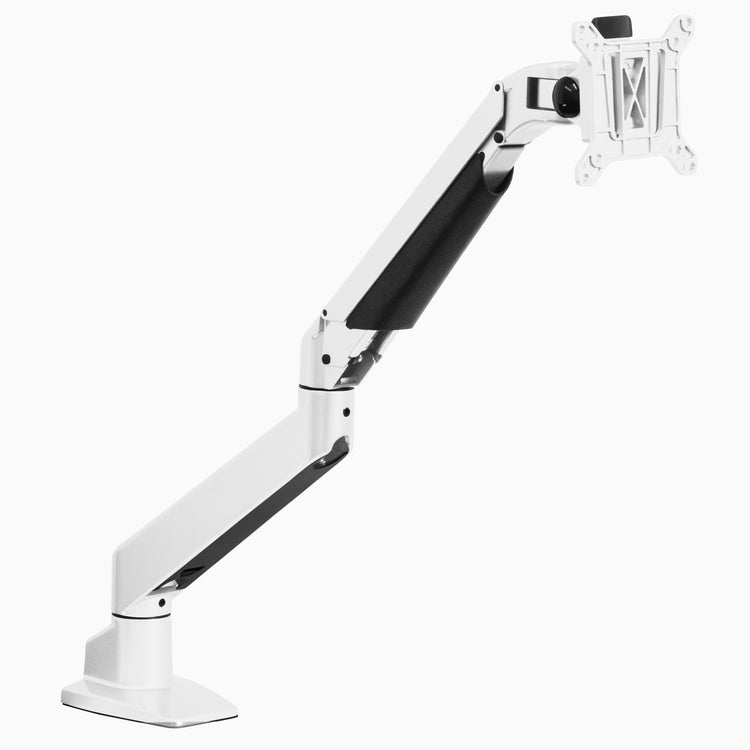





Quick 4 minute installation, no tools required!

Easy to adjust for optimal ergonomic position

Integrated Cable Management System

Optimise your workspace and lift up your screen
Increase Workspace: Lifting your monitor off your desk can open up increased space and reduce desktop clutter.
Improve Ergonomic Position: Easily move and adjust your monitors position to ensure optimal position with your eyes and body for increased performance.
Heavy Lifting: With a capacity of 22 lbs per screen, you can ensure up to 38" screens are easily carried
VESA: Suitable with the most popular screen mounts and available with a laptop holder.
Providing an eye level monitor is crucial. You can maintain a good posture, avoiding neck and back strain. By reducing forward pressure from incorrect screen placement you allow for a less draining and more productive space.
Two joints and hinges provide total flexibility, whilst the in built cable management ensures your desk is safe and clutter free. Solid construction means that our monitor arms will stand up to repeated changes of position and load without complaint.


Our VESA compatible laptop mounts offer a seamless solution to enhance your workspace productivity and ergonomics. By seamlessly integrating your laptop with your monitor arm, you can align your laptop screen with your monitor, creating a more comfortable and efficient working environment. This not only reduces strain on your neck and eyes but also optimizes screen real estate, allowing for effortless multitasking. With the flexibility to adjust the height, tilt, and rotation, our laptop mounts provide the versatility you need to customize your setup. Experience improved posture, reduced clutter, and enhanced workflow, all while maximizing the potential of your dual-screen workstation with our VESA compatible laptop mounts.
| LCD Screen Size | 38" and under |
|---|---|
| Weight Capacity | 4.4 lbs - 22 lbs per screen |
| VESA | 3"x3", 3.9"x3.9" |
| Mounting Options | Through Desk: 0.3"-1.9" Desk Clamp: 0.3"-1.9" |
| Laptop Mount Compatible | Yes |
| Product Weight | 16.5lbs |
|---|---|
| Available Finishes | Matte Black, White, & Space Grey |
| Max Height | 20.2"
|
| Min Height | 6.8"
|
| Max Forward Reach | 25.7"
|

The key specifications are:
Note: If your monitor weighs more than 22lbs, the arm won’t be able to support it properly. This will cause the arm to slowly lower to its lowest position despite tension adjustments, which may damage the arm or monitor over time. We recommend the Desky Heavy Duty Monitor Arm (24lbs+) or the Desky Ultrawide Monitor Arm for heavier monitors.
The Desky Single monitor arm can be fitted to your desktop using the included desk clamp or by drilling a hole in the desktop and using the bolt-through mount to secure the arm directly to the desktop.
If you have a VESA adapter for your iMac this monitor arm will work. If you do not have an iMac VESA adapter, we do have the Desky iMac Monitor Arm that is specifically designed for iMacs. Please check the specifications to make sure that this will be compatible with your particular iMac model.
Yes! Our Single monitor arm can be used with any desk so long as the desktop thickness is between 0.2"-2.4", using either the desk clamp or bolt through desk installation.
The base of the monitor arm will not move if bolt-mounted to the desktop or if the clamp is tightened correctly. However, it is not possible to fix the position of the arms in place or stop movement around the joints of the arm if knocked. The monitor tilt adjustment can be tightened so that its position will not change if accidentally knocked.
Curved monitors are generally not recommended for vertical orientation. While they can technically be used in portrait mode, their curved design is optimized for horizontal viewing, offering a more immersive experience.
The advantages of curved monitors over straight monitors include reduced distortion at the edges of the screen, enhanced depth perception, and increased comfort for long viewing sessions. For further insights, you can refer to our guide on the difference between curved and straight monitors and their benefits.
For optimal posture at a standing desk, stand with feet shoulder-width apart, knees slightly bent, and use a height-adjustable monitor set at eye level to minimize neck strain and improve posture. By allowing users to adjust the screen's height, a height-adjustable monitor ensures that the display is correctly positioned for comfortable viewing. For further information, visit our article on whether to sit or stand while working and the recommended height of a monitor for a standing desk.
Technically, any monitor flaunting a 4x4 inches VESA mount could be arranged vertically with the right equipment. An external add-on such as a third-party stand or arm that supports rotation can easily accommodate this transition.
However, some monitors are designed to natively support vertical positioning, while others offer an optional stand for those who fancy such an arrangement. The choice, thus, lies in the hands of the user.
Fundamentally, the vast majority of monitors are designed to fit securely on a desk mount. Thanks to the industry-standard VESA hole pattern, the installation process becomes more convenient.
These hole patterns typically measure either 3 x 3" or 4 x 4", ensuring they can accommodate a variety of monitor arms.